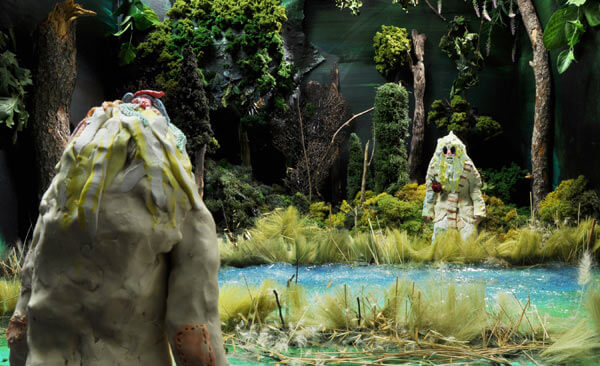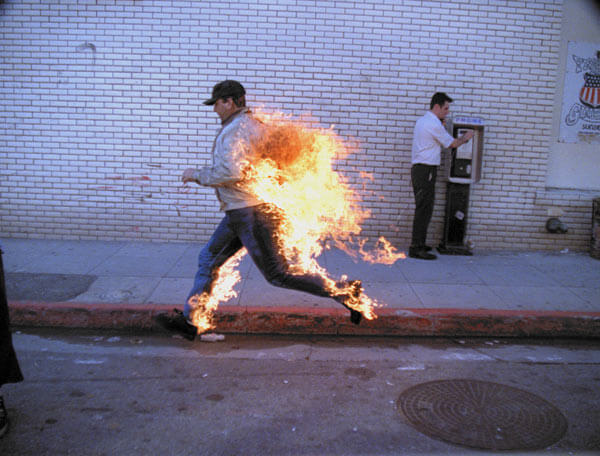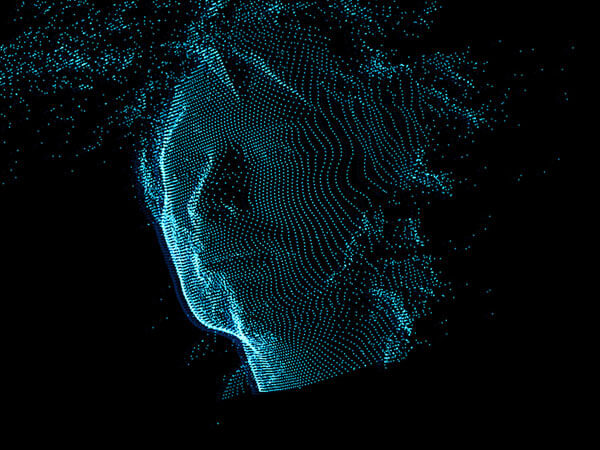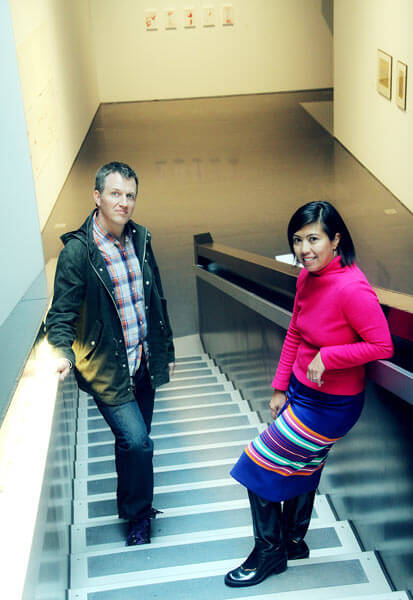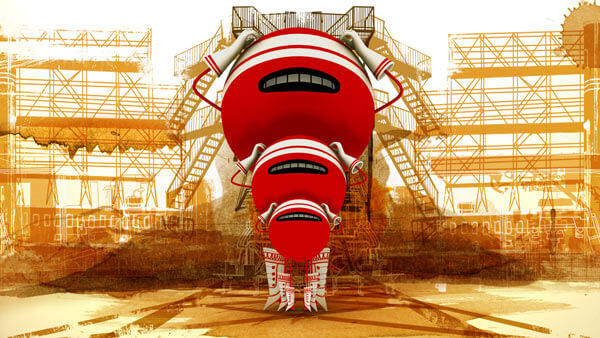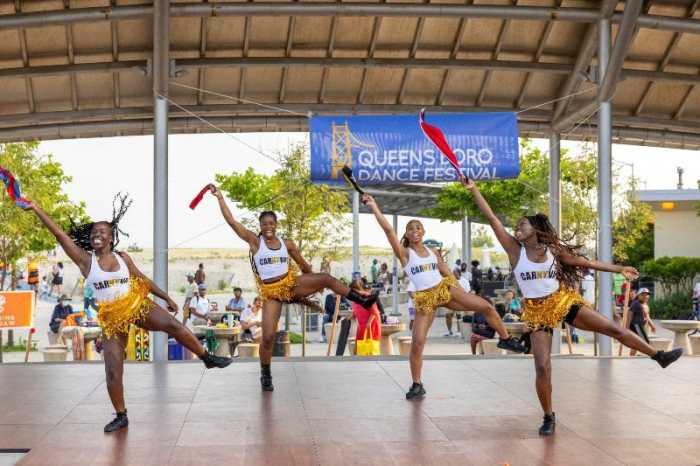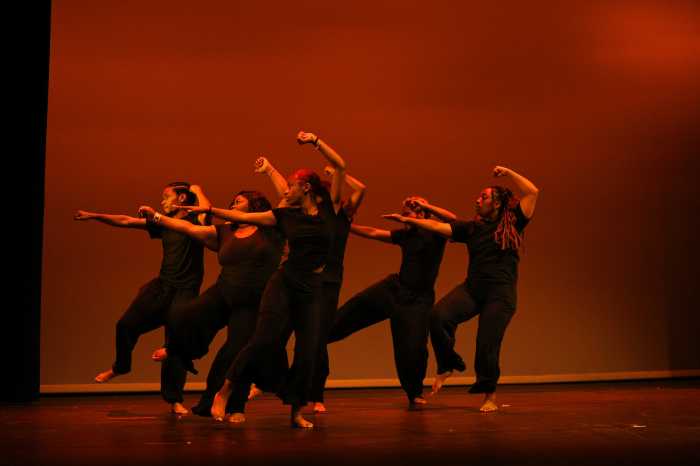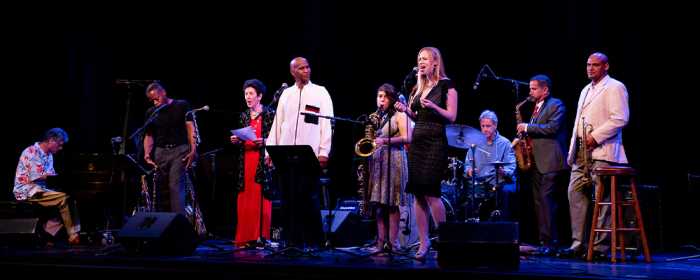By Alex Palmer
Music videos are not often viewed as influential art, but that may be about to change.
On April 3, the Museum of the Moving Image, at 36-01 35th Ave. in Astoria, will open the most comprehensive exhibition ever dedicated to music videos. Titled “Spectacle: The Music Video,” the show aims to highlight how the form has evolved over the decades, helped foster new directors, advanced design and special effects, and shaped popular culture.
The exhibit features more than 300 videos, as well as objects and artifacts from the videos, and interactive experiences throughout the museum’s 4,000-square-foot exhibitions gallery, amphitheater gallery and additional spaces. It will be on view through June 16.
The show was conceived and developed by artists Jonathan Wells and Meg Grey Wells of Flux, a collective of producers that program film and art events around the world.
According to the curators, one of their goals was to expand visitors’ understanding of the music video form.
“There is a popular belief that equates music videos with MTV,” says Jonathan Wells. “No doubt MTV was hugely important in the story of the music video, but the idea that they began with the launch of the channel and ended 10 years later after the channel debuted ‘The Real World’ is false. Music videos existed before MTV and have experienced a resurgence with the global reach of the Internet.”
He adds YouTube has helped to open new doors for music videos, with bands like Arcade Fire and Radiohead, and filmmakers like Vincent Morisset and Chris Milk exploring the interactive possibilities of the medium, all of which will be featured in “Spectacle.”
Wells also points to the remix videos that fans create in response to videos like Beyonce’s “Single Ladies,” or fan-made memes like the current “Harlem Shake” craze. The show includes music video remixes from artists like Austin Hall, Michael Bell-Smith and “Weird Al” Yankovic.
“Spectacle” was organized by the Contemporary Arts Center in Cincinnati, where it first opened in March 2012. The show examines music videos not only as works of art themselves, but also as influences on contemporary culture, particularly during the past 35 years. It examines how the medium has changed as well as viewers’ relationships to it.
“It used to be an appointment, an event — something we gathered in front of a TV to watch, at a specific time, and most likely with friends,” says Molly O’Toole, director of communications and community engagement for the Contemporary Arts Center, adding that this has shifted to a much more on-demand, interactive relationship between video and spectator. “So moving through the exhibition you’re confronted with not only the change in the art form, but the changing role of viewer and artist, and with that, the changing role of artistic collaboration — between the director, the musician, the coder, the set designer, or the viewer.”
The exhibit includes a section titled “In the Beginning” that explores the precursors to music videos, such as musical shorts from the 1920s, works from The Beatles in the 1960s, and the videos of David Bowie, Queen, and Devo in subsequent decades.
But Wells emphasizes, “While historic significance came into play, first and foremost we chose videos for their artistic value.”
Among the show’s items that should excite music video enthusiasts: the ship from Smashing Pumpkins’ “Tonight, Tonight” video; a human-size Milky from Blur’s “Coffee and TV”; original art from Bjork’s “Wanderlust”; and original drawings from A-ha’s illustration/live action breakthrough “Take On Me.”
The curators divided “Spectacle” into nine themes, exploring the idea of music video genres.
“While feature films have established genres — comedy, action, drama — music videos do not,” Wells explains.
The show’s sections focus on choreography, cinematography, controversy, technical wizardry and fan interaction.
In conjunction with the exhibit, the museum will also be hosting a series of screenings, events and talks from video directors. It will also include the installation of the Sonos Playground, a “music visualizer” inspired by artist Sol Lewitt’s wall drawings.
“‘Spectacle’ plugs in beautifully to the Museum of the Moving Image and its educational mission,” says Carl Goodman, executive director of the museum. “The exhibition calls attention to a creative form that is a significant force in popular entertainment, both shaping and reflecting the culture we live in today.”


